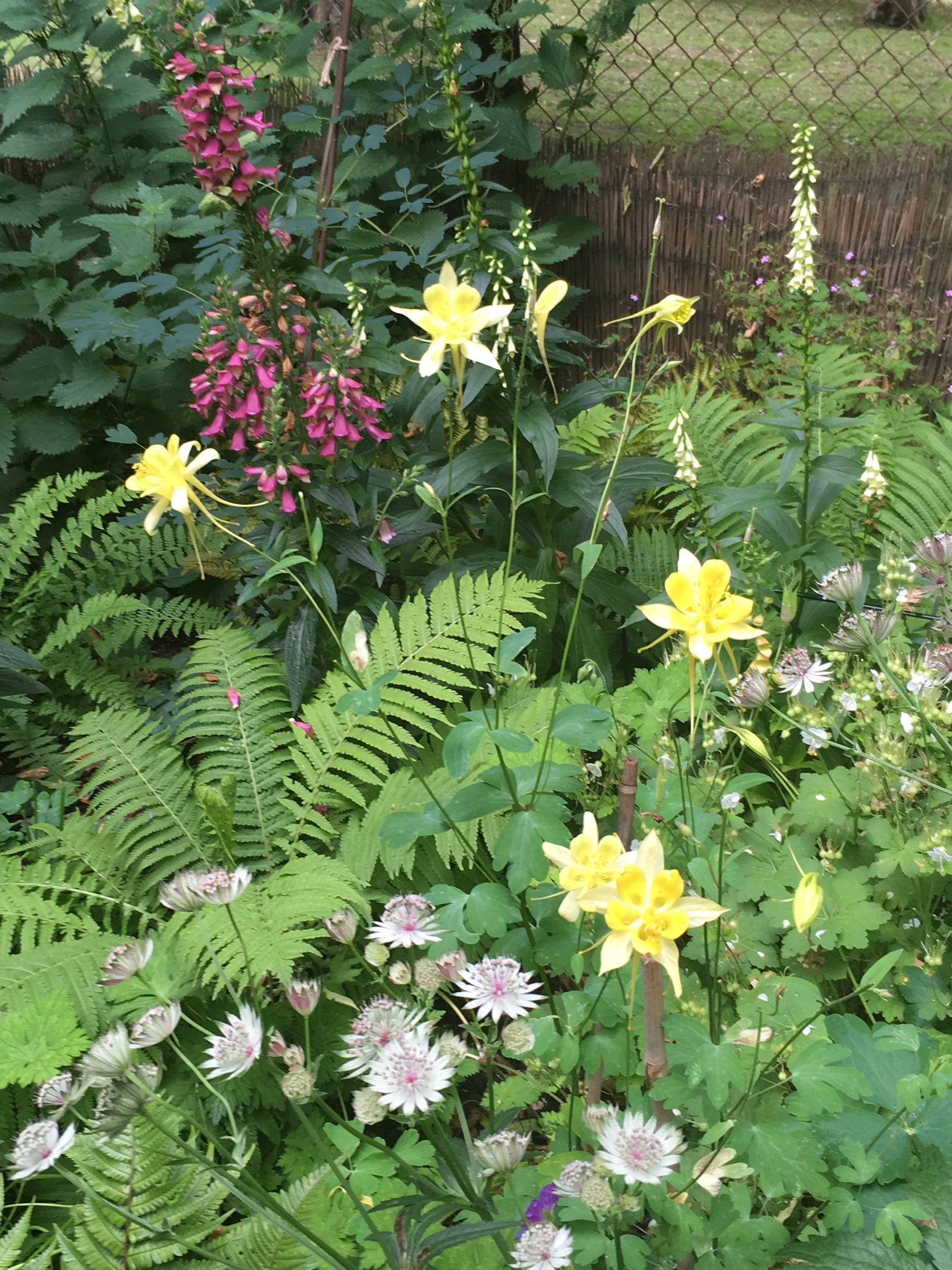Our May talk on Zoom was presented by local naturalist Joe Beale. He discussed the changing management of the local area, including Charlton Park, Greenwich and Blackheath and the impact this is having on local plants as well as lichens and animals.
He discussed the approach to take to habitat management – that there were lots of things worth fighting for. He discussed the need to carry out research and ecological surveys, the need for a conservation action plan and to take conservation action appropriate to the conservation site. Also the necessity to work in collaboration with local residents, communities, landowners, specialists and the local council. He commended the support given by Greenwich Parks and Open Spaces and its willingness to assist.
Joe began by showing a photograph of the Vanbrugh Pits in 1983 when vegetation there was scarce, but rich in bio-diversity, and now, when it is dense with brambles and Holm Oak which are killing off the flora and fauna. He pointed to the need for pursuing in management a middle path there, including getting rid of the Holm Oak, Cherry and Turkey Oak (as well as the dogs mess!).
Key diverse wild life plants in this area he suggested were species that needed low nutrient soil e.g. blackthorn plantain and lichens such as Cetraria aculeata and Chaldonia furcata. He said 29 types of butterfly had been found on the Greenwich Park side of Blackheath in 2010 which was about half of the UK total and 173 species of bees and wasps.
Also found in acid grassland and sandy soil are sheeps sorrel (Rumex acetosella), birds foot (Ornithopus perpusillus), spurry (Spergularia rubra ) and lichen (Cetraria aculeata).
Blackheath and the Greenwich Park side of it is well known for plants and clovers which thrive on soil of of low nutrient value. Such as hare’s foot clover (Trifolium arvense), knotted clover (Trifolium striatum), woolly clover (Trifolium tomentosum,) and clustered clover ( Trifolium glomeratum).
Wildlife included gorse( Ulex europaeus) for the whinchat birds, ragwort visited by 43 bees and wasps, the burnet and cinnabar moths and small copper butterflies.
Joe said sympathetic mowing was crucial in particular the need to remove the hay to promote biodiversity as it was nutrient rich. Always have wildness at heart. Leave the edges of sites, leave verges and banks and mow in rotation. Expose earth and deadwood. Consider the food, plants, shelter, nesting and breeding needs of key wildlife.
He described the increase in biodiversity in verges in Blackheath since it has had relaxed mowing as well as Charlton’s Maryon Park. He also referred to the Wildlife Meadow which is being constructed in Charlton Park. The policy there of not sowing wild flowers, just digging the area over and seeing what grows. He pointed out the value of cemeteries in promoting biodiversity. He mentioned that cemeteries such as Charlton cemetery are expected to be neat and tidy, but, in fact are bustling with wild life and like Charlton they should have an area left to encourage biodiversity.
To help promote and encourage more biodiversity Greenwich Park has also taken a more relaxed approach to mowing and is allowing grass to grow in some areas as well as setting up biodiversity friendly habitats. This policy has been incorporated into its multimillion pound Heritage funded renovation programme. Many CABAHS members are already keen promoters of biodiversity and wildlife. Hopefully Joe’s enthusiastic talk will encourage the rest to consider the needs of biodiversity and wildlife in their own gardens.
Angela
Joe Beale is a naturalist who, in addition to carrying out surveys of local wildlife, giving talks and writing, also offers guided walks. He is across social media platforms with an active Twitter account, updating people on what to see in our area.


































